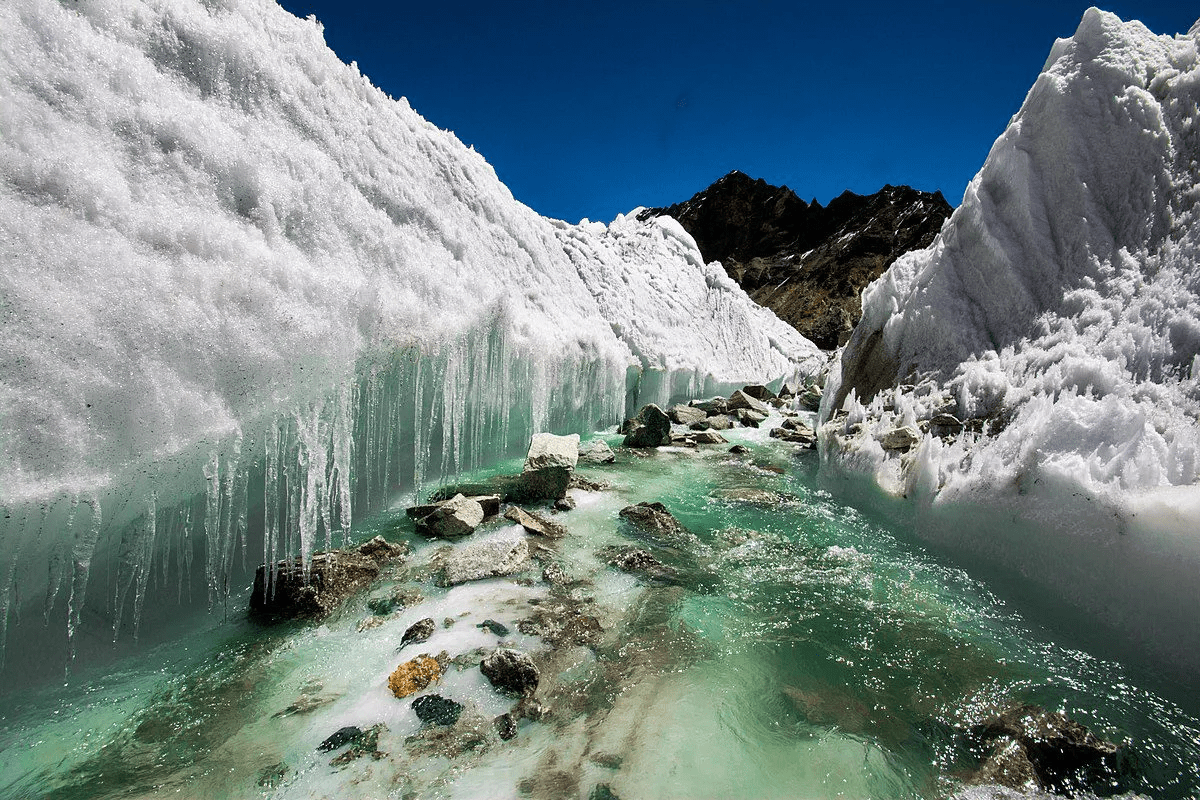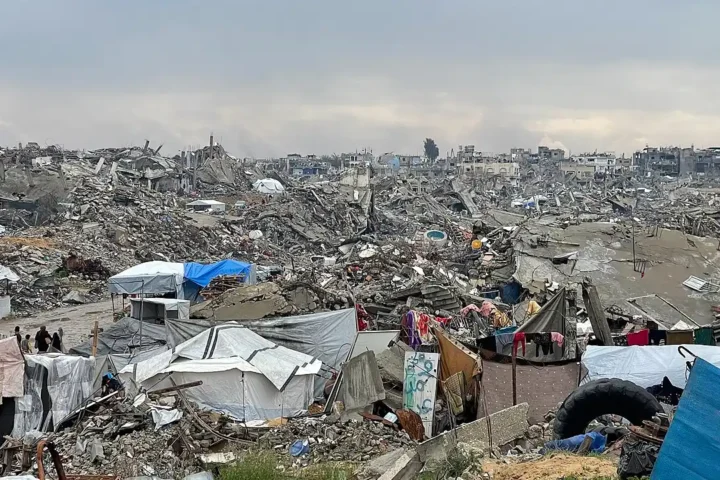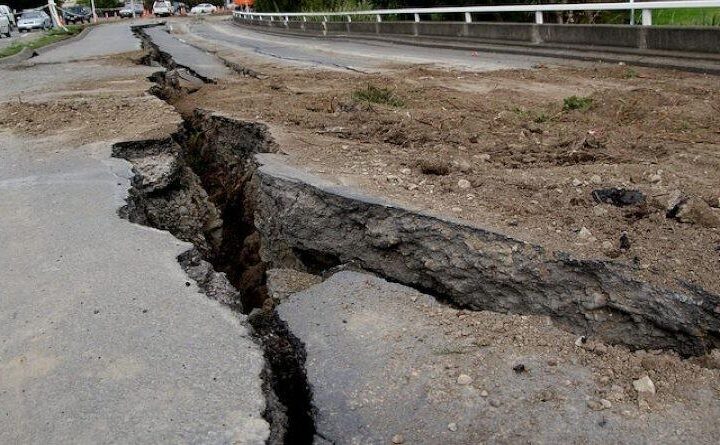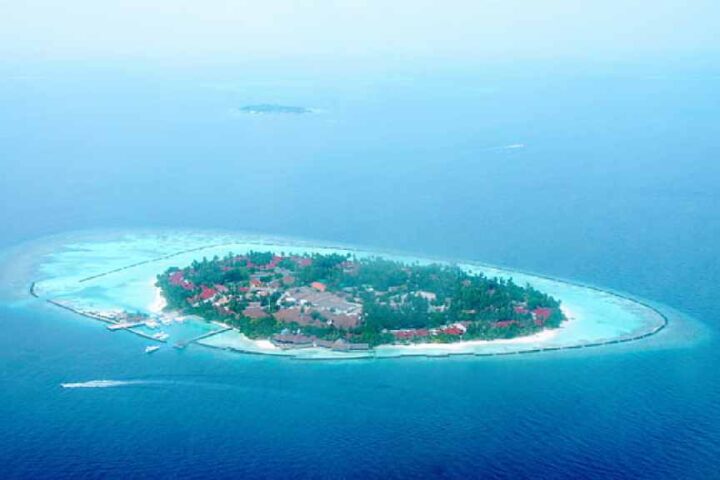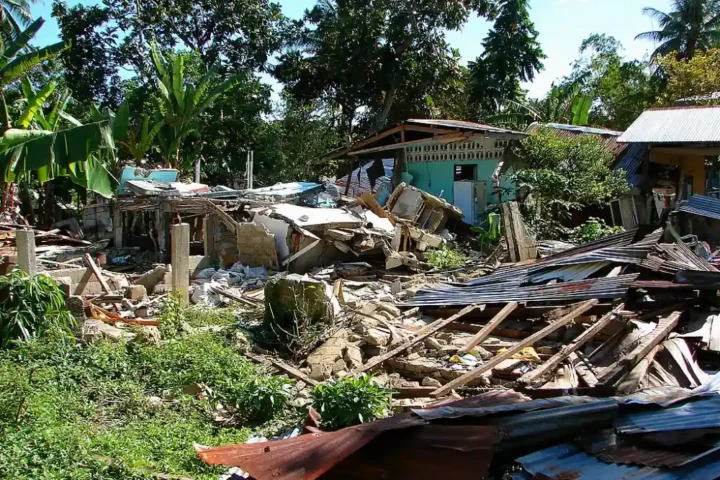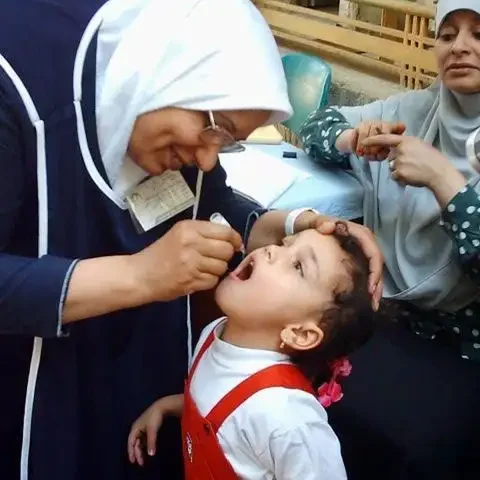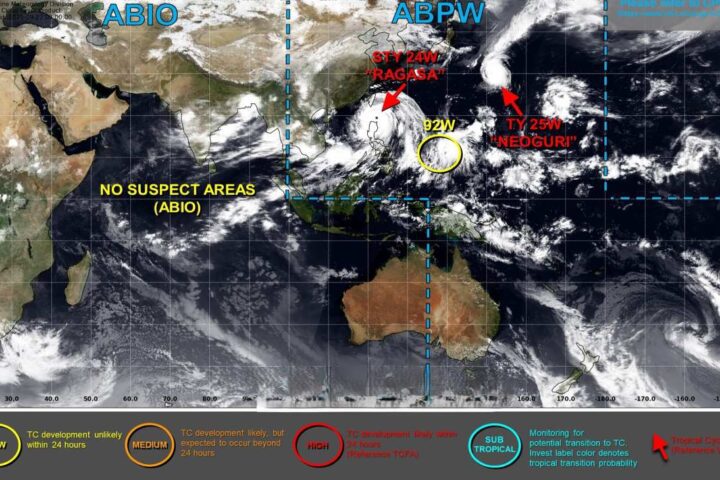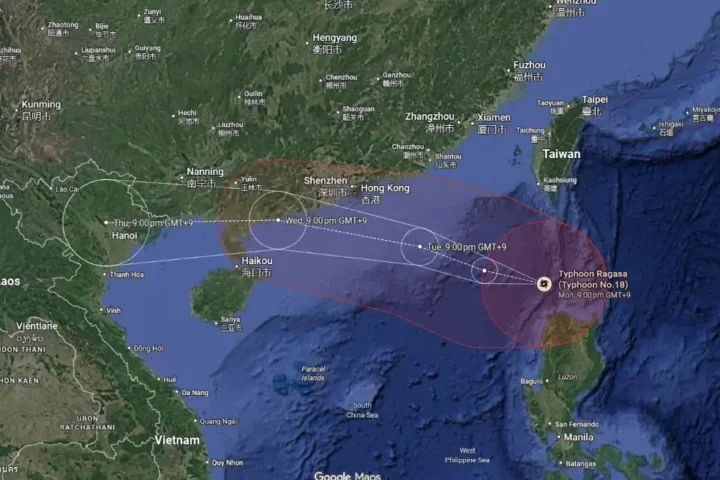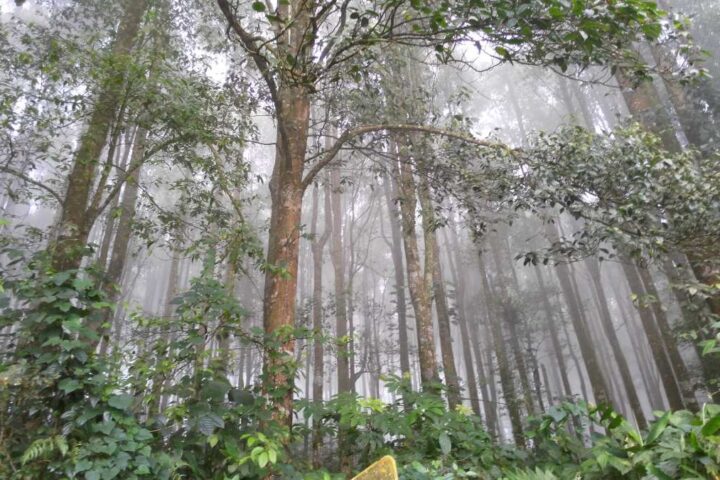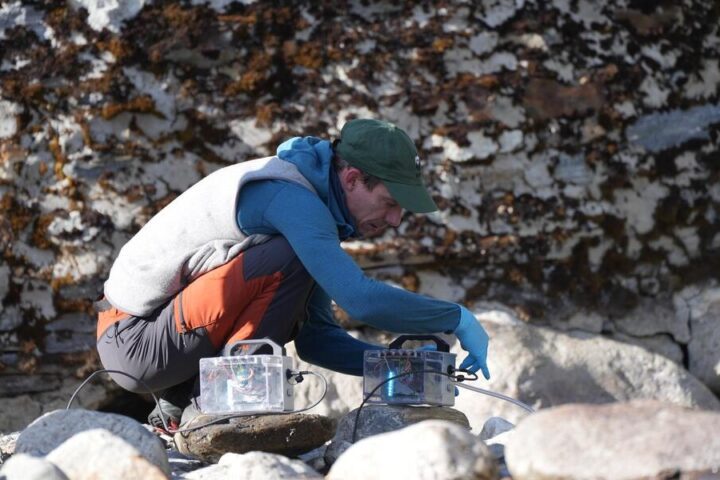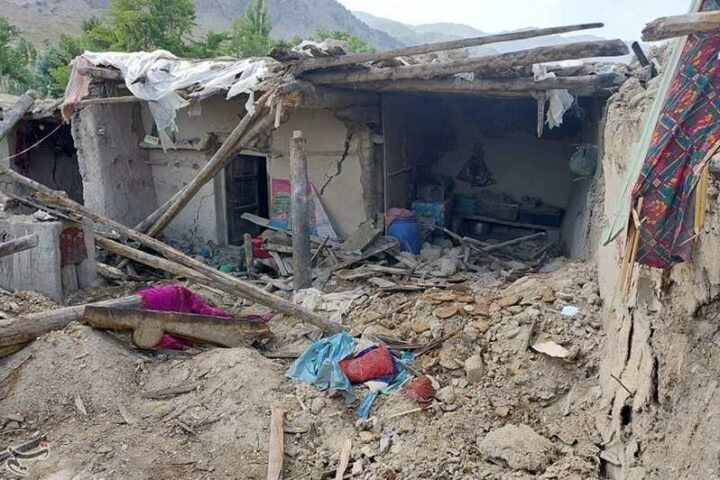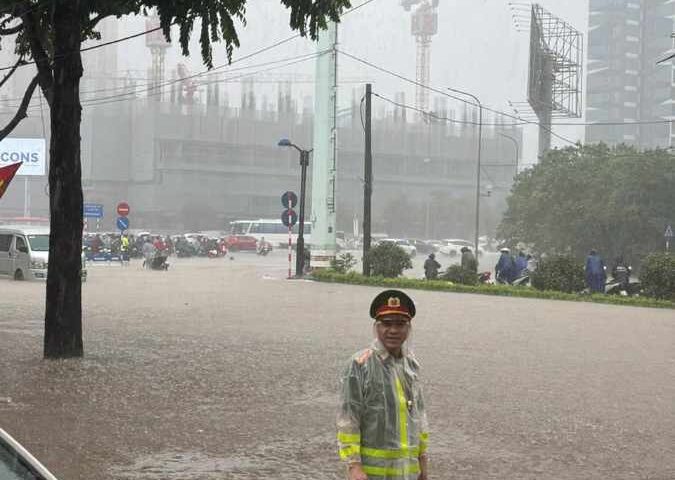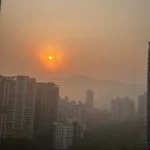The depleting rate of glacier melting in the Hindu Kush Himalayan region has been highlighted in the report by the International Centre for Integrated Mountain Development (ICIMOD). The study warns that up to 80% of the volume of glaciers might disappear by the end of the century if greenhouse gas emissions are not reduced drastically.
From 2011 to 2020, the region’s glaciers are going to melt 65% more rapidly as compared to the last ten years. The increasing impact of this rapid ice loss is becoming alarming. Roughly two billion people live downstream from the 12 rivers that originate from the Hindu Kush Himalayas; the supply of water provided by the glaciers is in danger.
Communities in the region are possibly in danger from an increase in flash floods and avalanches; additionally, the melting of glaciers impacts the water supply for 1.65 billion people residing in the river valleys below, and approximately 240 million people live in the Alpine areas.
Countries like Afghanistan, Bangladesh, Bhutan, China, India, Myanmar, Nepal, and Pakistan are all surrounded by the Hindu Kush Himalayas. Ten of the most significant river systems in the world, including the Ganges, Indus, Yellow, Mekong, and Irrawaddy, are supplied by glacial water in this region, providing food, electricity, clean air, and a source of income generation for billions of people.
Similar Post
Mountain communities possess a tiny effect on global warming, but climate change places them at significant risk. It has been suggested that the existing adaptation attempts are insufficient.
Raising alarming concern regarding these communities’ ability to survive without any assistance, the glaciers will probably lose a sizable portion of their volume by 2100, regardless of whether global warming continues to adhere to the 1.5-to-2.0-degree range as per the goals set in the Paris climate agreement.
The research emphasizes the most crucial need for immediate climate action: the glaciers and the societies that depend on them have been severely affected by even the smallest increase in global warming temperatures.
The study closely emphasizes how crucial it is to bring advancement in technology and use high-definition satellite imagery for more precise forecasting. Communities in the Himalayas are experiencing the impacts of climate change, as demonstrated by events like Joshi math, a mountain town, sinking and causing residents to flee.
To prevent such harmful events as the Earth’s snow, permafrost, and ice forms changing in an irreversible way, it is essential to control global warming in order to safeguard the region’s ecosystems and civilizations. The study concentrates on the importance of anticipating and managing the impending changes occurring in the environment.
